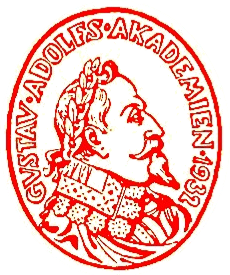About the Journal
ARV means heritage. ARV. Nordic Yearbook of Folklore presents our mental heritage, folklore, as the foundation of our culture, our patterns of interaction and our world view. Folklore, i.e. popular poetry, belief and custom, is an important identity factor for every nation in historical as well as recent times. The journal’s target readership is academics, teachers and local historians.



